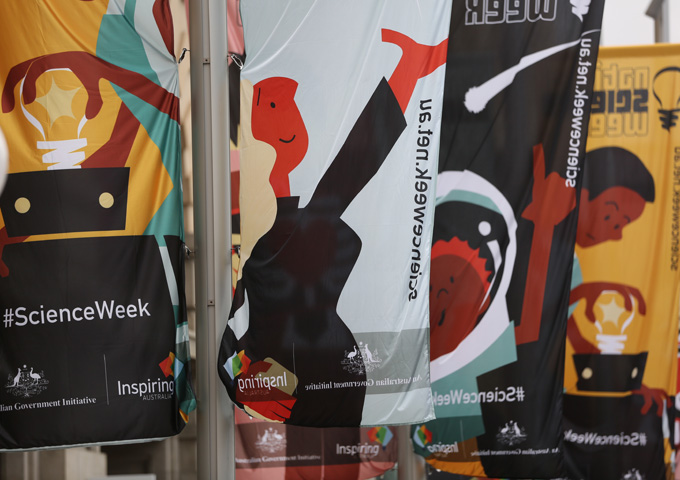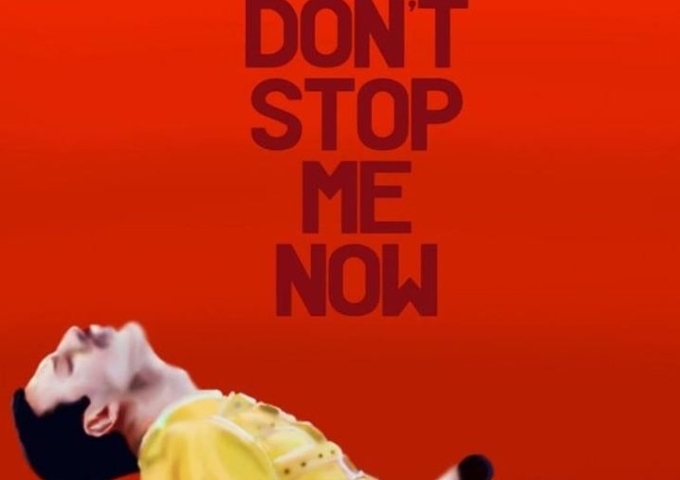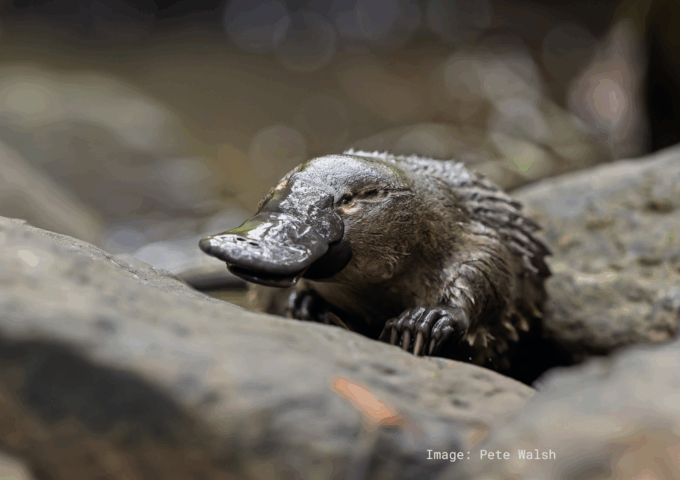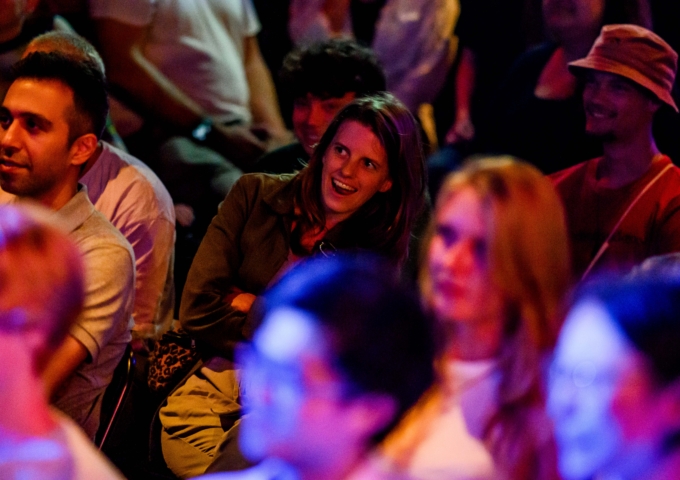
 Neurons are sensational – they help you see, hear, taste, smell and feel amazing things! They also look pretty amazing themselves.
Neurons are sensational – they help you see, hear, taste, smell and feel amazing things! They also look pretty amazing themselves.
It’s because I love stunning microscopic images that I decided to put them on T-shirts and designed the Invisible Body range for women and men. I want everyone to appreciate the wondrous cells and DNA that lurk inside our bodies doing incredible things – they should be seen, there on the outside, so we can all be inspired by just how good they look.
The T-shirts have been very popular, especially at the Neural Knitworks events where they provide great wearable neural inspiration to everyone wanting to craft a healthy brain. I therefore decided to tell all you sciencey souls more about the five images on the T-shirts and to put them all out on a special National Science Week offer for only $25 each in the online store.
 Two of the designs are neurons – the nerve cells that make up the brain and peripheral nerves. This makes them especially popular with the neural knitters. Motor neurons carry electrical signals from the brain to the muscles, to make you run and dance (or knit), to keep your heart beating and lungs breathing.
Two of the designs are neurons – the nerve cells that make up the brain and peripheral nerves. This makes them especially popular with the neural knitters. Motor neurons carry electrical signals from the brain to the muscles, to make you run and dance (or knit), to keep your heart beating and lungs breathing.
The design called Electric (right) shows some of these nerve fibres from the sciatic nerve – the longest nerve in the body, running all the way down your leg to the tips of your toes. This image was taken by Prof. Peter Brophy on a confocal microscope.
Sensory neurons take signals back the other way, transmitting information from all your senses back to the brain for processing. These cells make us able to experience the wonders of our world – that’s why I call that design Sensational (top, on female model).
The cluster of sensory nerve cells shown on the T-shirt is growing in a dish in the lab so scientists can find out the fine details of how the cells grow and develop. This image was taken by researcher Prof. Kate Nobes, also on a confocal microscope.
 The Melting Pot design (right) has a gorgeous image of a melanocyte. This is the cell type that gives colour to your skin. It makes the pigment, melanin, which is then transferred into the surrounding skin cells through the projecting little yellow knobs. The darker your skin, the more melanin your melanocytes make – we all have the same number of these cells, whatever our skin colour. This image was taken by Dr Alistair Hume, again on a confocal microscope.
The Melting Pot design (right) has a gorgeous image of a melanocyte. This is the cell type that gives colour to your skin. It makes the pigment, melanin, which is then transferred into the surrounding skin cells through the projecting little yellow knobs. The darker your skin, the more melanin your melanocytes make – we all have the same number of these cells, whatever our skin colour. This image was taken by Dr Alistair Hume, again on a confocal microscope.
Go with the Flow (top, on the male model) shows lots of red blood cells (and a white one) inside a blood vessel. Red blood cells flow around your body in the blood carrying oxygen from your lungs out to the muscles and organs where it is used. They then take the carbon dioxide back to your lungs so it can be breathed out.
I love the way this image looks on the T-shirt – quite 3-dimensional. This image is from Prof. Kairbaan Hodivala-Dilke and was captured on a scanning electron microscope and was colour enhanced.
 All Unique (right) shows results of DNA chip comparisons between different types of cells displayed like a bar code. Differences in DNA underlie our individuality, guiding our unique physical attributes, susceptability to diseases and how we respond to our enviroment. It makes us all unique. Even identical twins will accumulate their own changes to their DNA after they are born that make some of their cells just a little bit different from each other. This image was created by Dr Veronique Blanc and Dr Qin Yang from their DNA data.
All Unique (right) shows results of DNA chip comparisons between different types of cells displayed like a bar code. Differences in DNA underlie our individuality, guiding our unique physical attributes, susceptability to diseases and how we respond to our enviroment. It makes us all unique. Even identical twins will accumulate their own changes to their DNA after they are born that make some of their cells just a little bit different from each other. This image was created by Dr Veronique Blanc and Dr Qin Yang from their DNA data.
Buy a T-shirt for National Science Week and wear it all year. Let’s keep sharing the love of science – it never stops.
All the images used on the T-shirts come from Wellcome Images.
Guest blog post by Dr Jenny Whiting, creator of Invisible Body, science communicator and neural knitworker.






